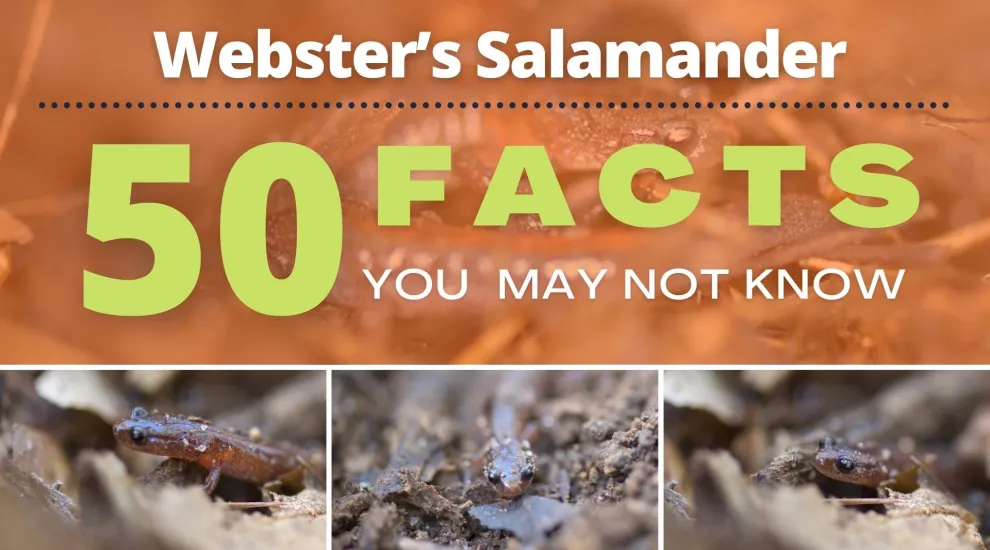
South Carolina is home to one of the most distinctive lists of creatures in the world and one of the rarest amphibians out there.
The webster’s salamander is found throughout the state’s main water streams close to the coast. The amphibian comes from the extensive list of salamanders and is well known for its importance to the environment and its willingness to endure fires.
For people who are interested in learning more about webster’s salamanders and their impact on South Carolina, here are 50 unique facts about them!
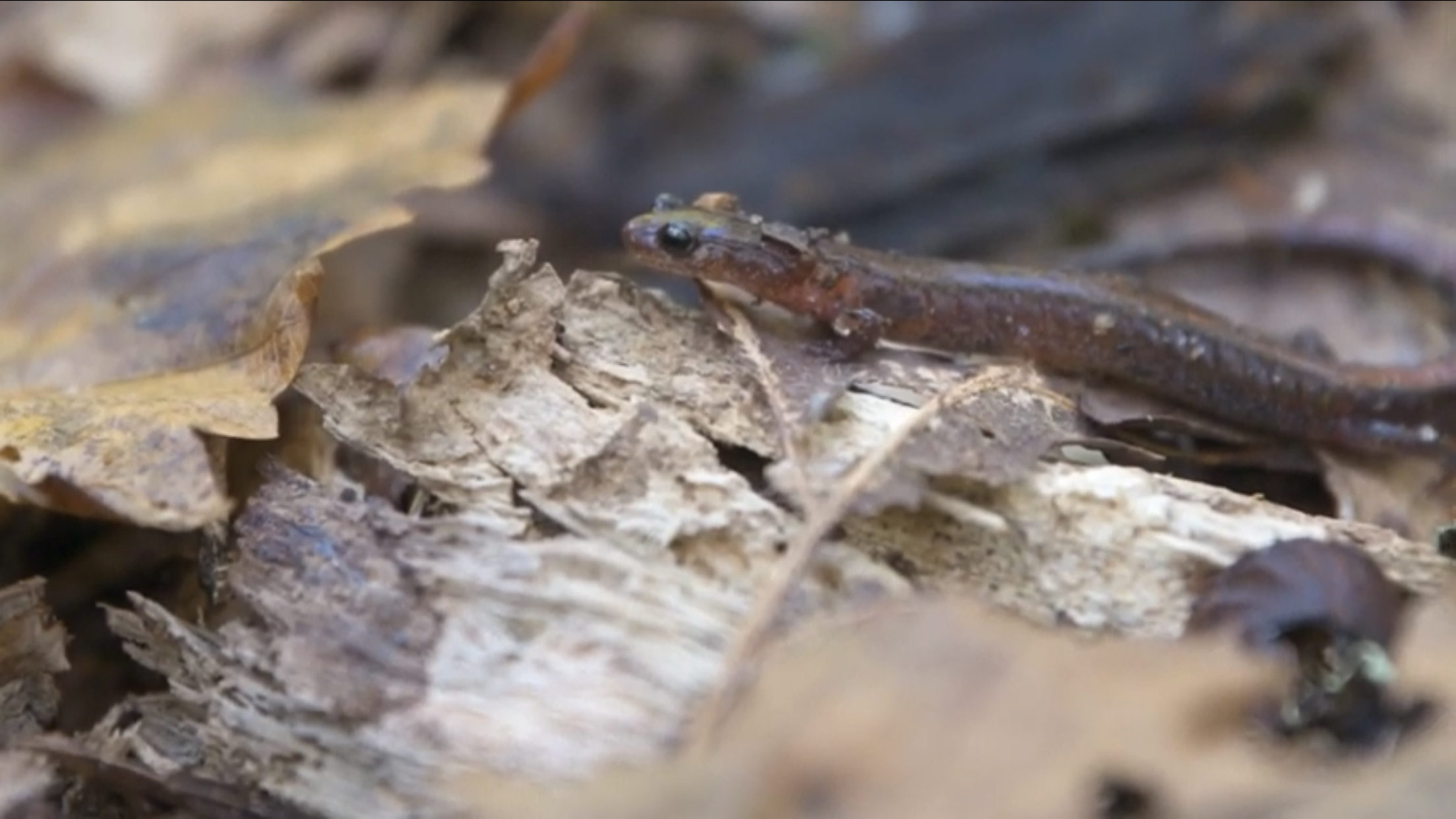
Prior to the existence of webster’s salamanders, South Carolina was underwater one million years ago at one point, allowing these species to be introduced in this environment.
Swamplands dominated the state as a result and biodiversity began to emerge, which includes the webster’s salamander.
This period of time is known as the age of amphibian, where creatures like the webster’s salamander came into play.
Early amphibians like the webster’s salamander were some of the first vertebrates to take the leap from water to land.
Decedents of the webster’s salamander come from a variety of species.
Most amphibians like the webster’s salamander live in some of the most remote and pristine environments on the planet.
The webster’s salamander is considered to be one of South Carolina’s rarest amphibians.
Webster’s salamanders are most active in cooler environments across the world and in South Carolina.
This is because unlike other animals, webster’s salamanders have skin that can easily dry out unless they are in a cooler environment.
All webster’s salamanders are terrestrial and are most commonly found when there are water streams nearby.
It is highly recommended that people do not pick up webster's salamanders with their hands.
This is because the skin oils from humans can cause harm to the salamander’s skin and damage it in the process.
The maximum measurement that webster’s salamanders can reach is around 3 ½ inches long.
Some of the most notable features that the webster’s salamander has is its striped patterns with a mix of orange and brown colors.
One of the webster’s salamanders most favorite foods to eat is termites.
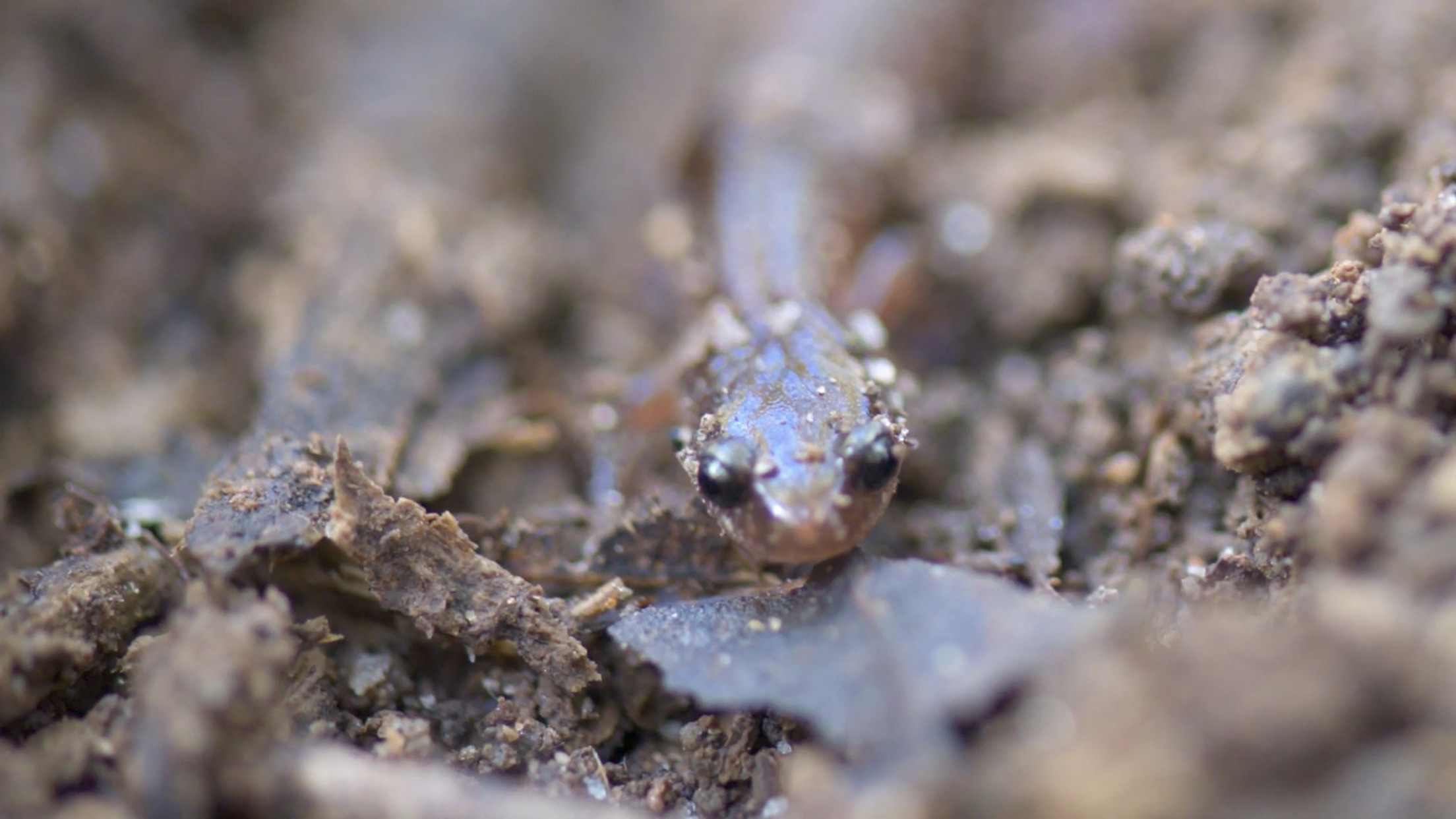
Pregeant webster’s salamanders can lay around three to eight eggs during every reproduction cycle.
Webster’s salamanders come from the related species of woodland salamanders.
Webster’s salamanders play a crucial role in making South Carolina’s own habitat unique.
Alongside amphibians, the webster’s salamander is one of the rarest creatures in South Carolina overall.
With the presence of the webster’s salamander, it allows South Carolina to have one of the most diverse ecosystems in the country.
Webster’s salamanders have an isolated distribution and are one of the wildest animals around.
Amphibians like the webster’s salamanders have one of the most unique lifecycles in the animal kingdom.
At the beginning of their life cycle, webster’s salamanders will lay soft, jelly-like eggs in or around a local water source.
Once hatched, young webster’s salamanders will go through stages called metamorphosis.
Metamorphosis is the process of transformation from an immature webster’s salamander to an adult one.
During metamorphosis, webster’s salamanders will grow legs and lungs during this process.
Webster’s salamanders have a thin permeable skin that allows them to absorb liquids and gases and keeping their skin moist and functional.
It does come with a cost, however, since webster’s salamanders must absorb what is around them.
Dealing with pollution and habitat loss, it can be really devastating for all webster’s salamanders.
Because of this, webster’s salamanders as well as other amphibians are known as “indicator species.”
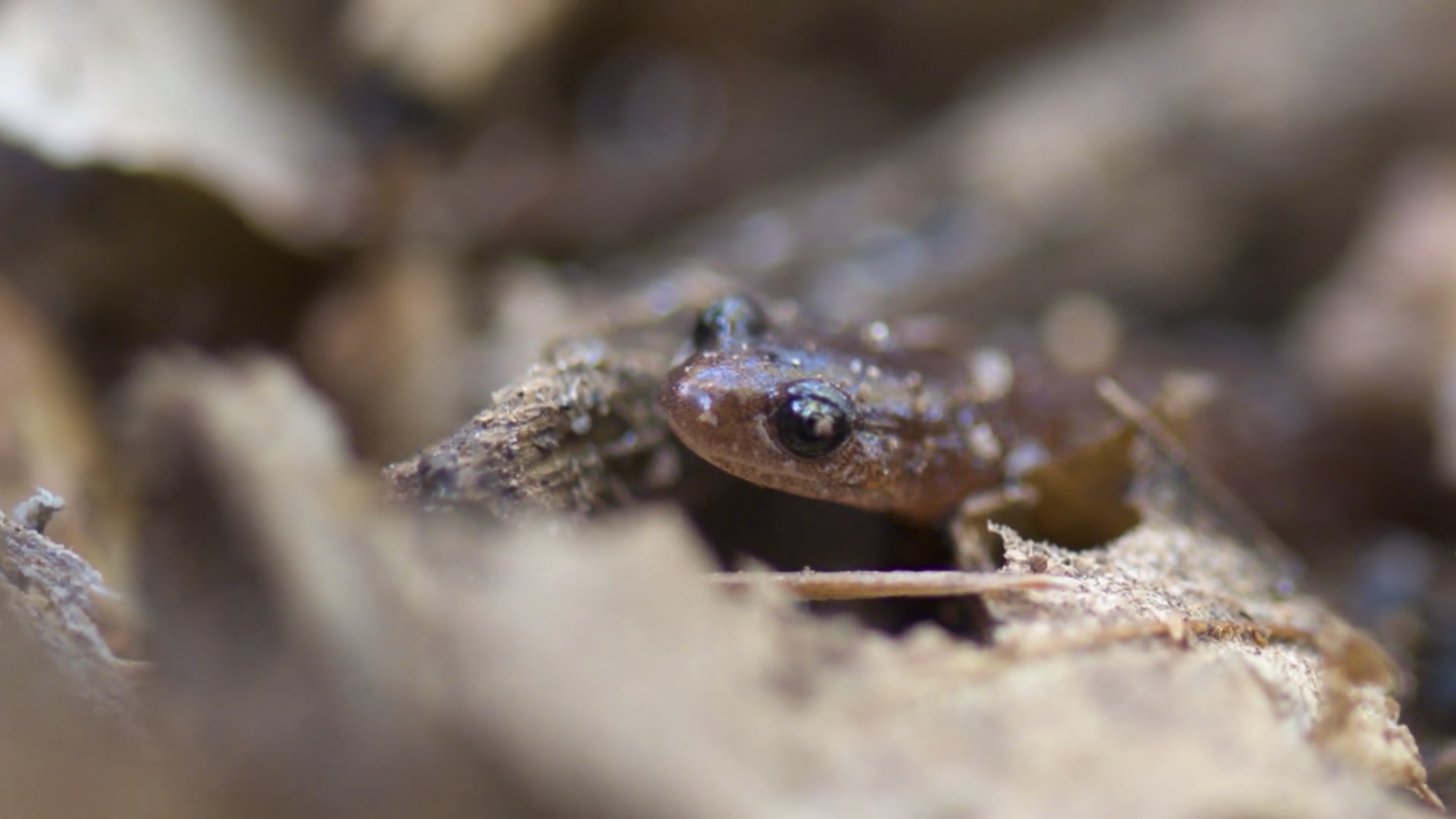
This is because they can indicate a healthy, clean ecosystem around them.
Webster’s salamanders can be found in several small, separated areas across the southeastern United States alongside the Palmetto State.
In South Carolina, the species is restricted to a few areas along the Savannah River in the lower Piedmont region of the state.
Webster’s salamanders prefer to live in mixed hardwood forests with dense canopies.
This allows them to help keep the forest floor remain moist and cool for themselves.
Despite their strong active lifestyle, there is still lots of information unknown about their behavior.
However, it is believed that most of their time in the fall and early spring is spent foraging through leaf litter.
Webster’s salamanders will generally disappear underground during the hot summer months.
Initially, webmaster’s salamanders were related to another species of amphibians.
It was not until 1979 that webster’s salamanders were discovered as a brand-new species thanks to molecular data.
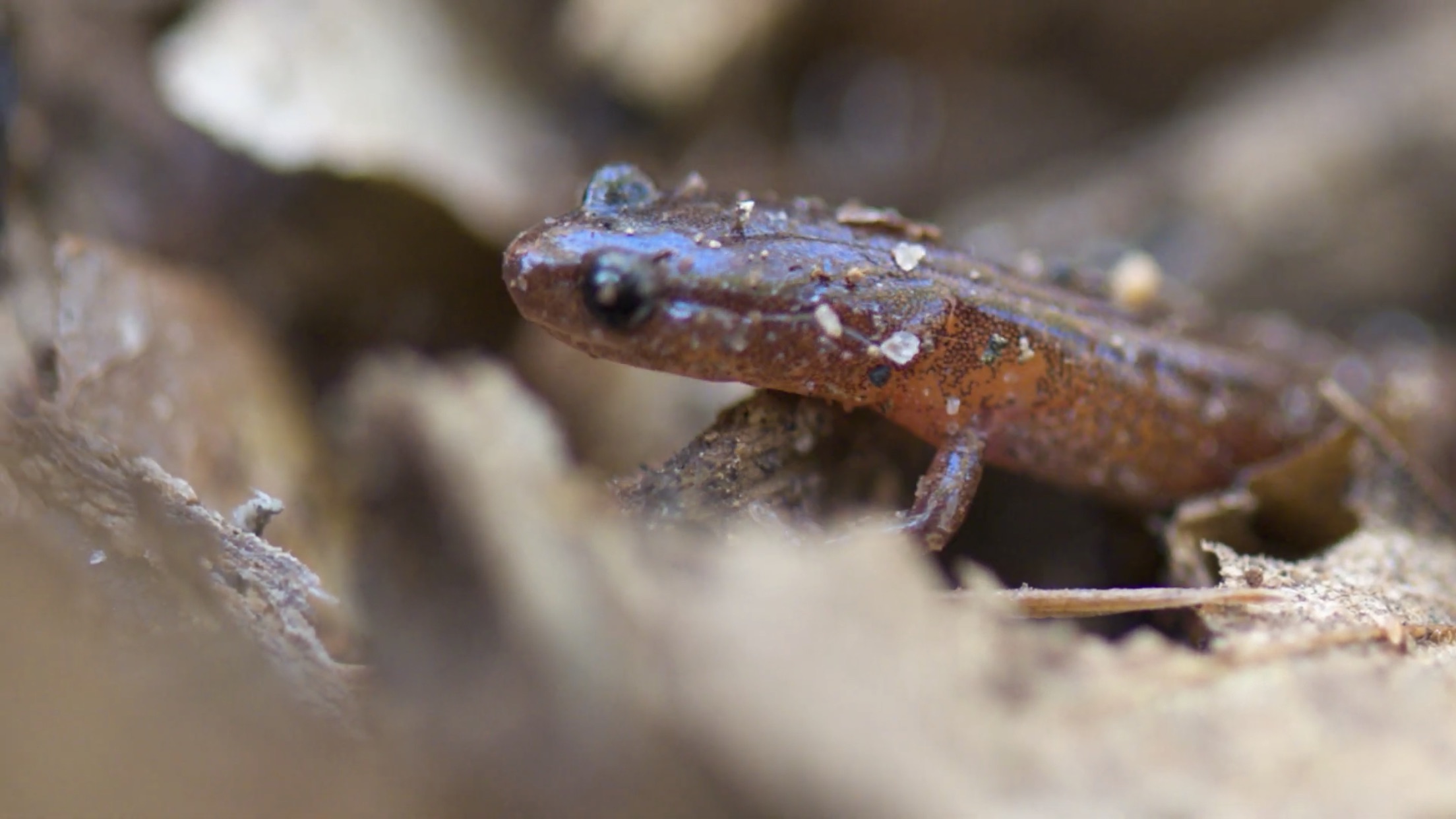
Webster’s salamanders became one of the first creatures to be distinguished in this way.
As major predators of the forest floor, webmaster’s salamanders play a vital role in South Carolina’s ecosystem by affecting the rate of litter decomposition and nutrient cycling.
Because of habitat loss or alteration, the webster’s salamander is an endangered species.
Endangered species are organisms that are at an elevated risk of facing extinction, something that is the main reality for webster’s salamanders.
Webmaster’s salamanders are not the only amphibians to face the reality of extinction.
It is estimated that 32% of all amphibians like the webster’s salamander are considered threatened to become extinct.
This includes half of the main amphibian species in the world being in decline.
To help amphibians like the webster's salamander, the South Carolina Department of Natural Resources has established heritage preserves.
Additionally, surveys to help research and protect the webster’s salamander have also been done.
With these essential resources in place, the hope is that in time, the webster’s salamander population can stay on and continue to grow.
For more information about webster’s salamanders, be sure to look at our What’s Wild episode on them, where we take a more digitalized look!
{"preview_thumbnail":"/sites/default/files/styles/video_embed_wysiwyg_preview/public/video_thumbnails/ADkpwm6fJcw.jpg.webp?itok=kVH_fi7N","video_url":"https://www.youtube.com/watch?v=ADkpwm6fJcw","settings":{"responsive":true,"width":"854","height":"480","autoplay":false},"settings_summary":["Embedded Video (Responsive)."]}
